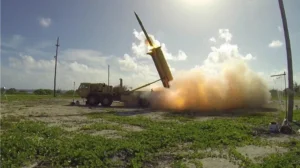Movie special effects have come a long way since the early days of stop-motion animation. Here’s a brief overview of the evolution of movie special effects:
- Stop-motion animation: Stop-motion animation is a technique where an object is moved in small increments and photographed frame by frame to create the illusion of motion. Early movies like King Kong (1933) and Ray Harryhausen’s classic films like Jason and the Argonauts (1963) and Clash of the Titans (1981) used this technique to bring their monsters to life.
- Practical effects: Practical effects involve creating physical objects, makeup, and stunts to achieve a desired effect. Movies like Star Wars (1977) and The Terminator (1984) used practical effects to create their iconic creatures and machines.
- Animatronics: Animatronics involves creating robotic creatures that can move and interact with actors in real-time. The Jurassic Park (1993) franchise used this technology to bring their dinosaurs to life.
- Computer-generated imagery (CGI): CGI involves using computers to create and manipulate images. Movies like Jurassic Park (1993) and Titanic (1997) were some of the first to use CGI to create realistic environments and creatures.
- Motion capture: Motion capture involves tracking the movements of actors and translating them into digital characters. Movies like The Lord of the Rings trilogy (2001-2003) and Avatar (2009) used motion capture to create realistic and expressive characters.
- Virtual reality (VR) and augmented reality (AR): VR and AR are emerging technologies that allow filmmakers to create immersive experiences for their audiences. Movies like Ready Player One (2018) have used VR to create fully-realized virtual worlds, while AR has been used in movies like Iron Man (2008) to enhance the special effects used in the film.
Overall, the evolution of movie special effects has been driven by advancements in technology and a desire to create more immersive and realistic experiences for audiences.




